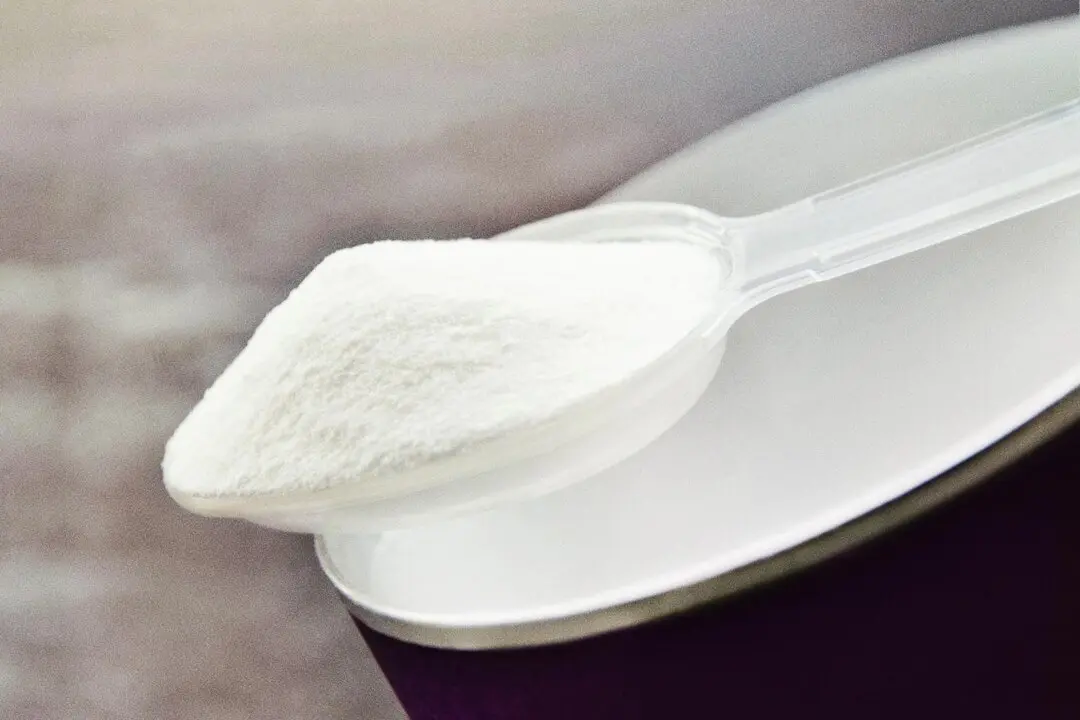People suffering from multiple sclerosis or at risk of developing it can live more rewarding lives when they increase and monitor their vitamin D levels.
Your body makes vitamin D in skin, the largest organ, when it’s exposed to sunlight. Higher vitamin D levels lower the risk of developing multiple sclerosis (MS), and boosting vitamin D also appears to be beneficial for curbing disease relapses and even putting symptoms into remission.






